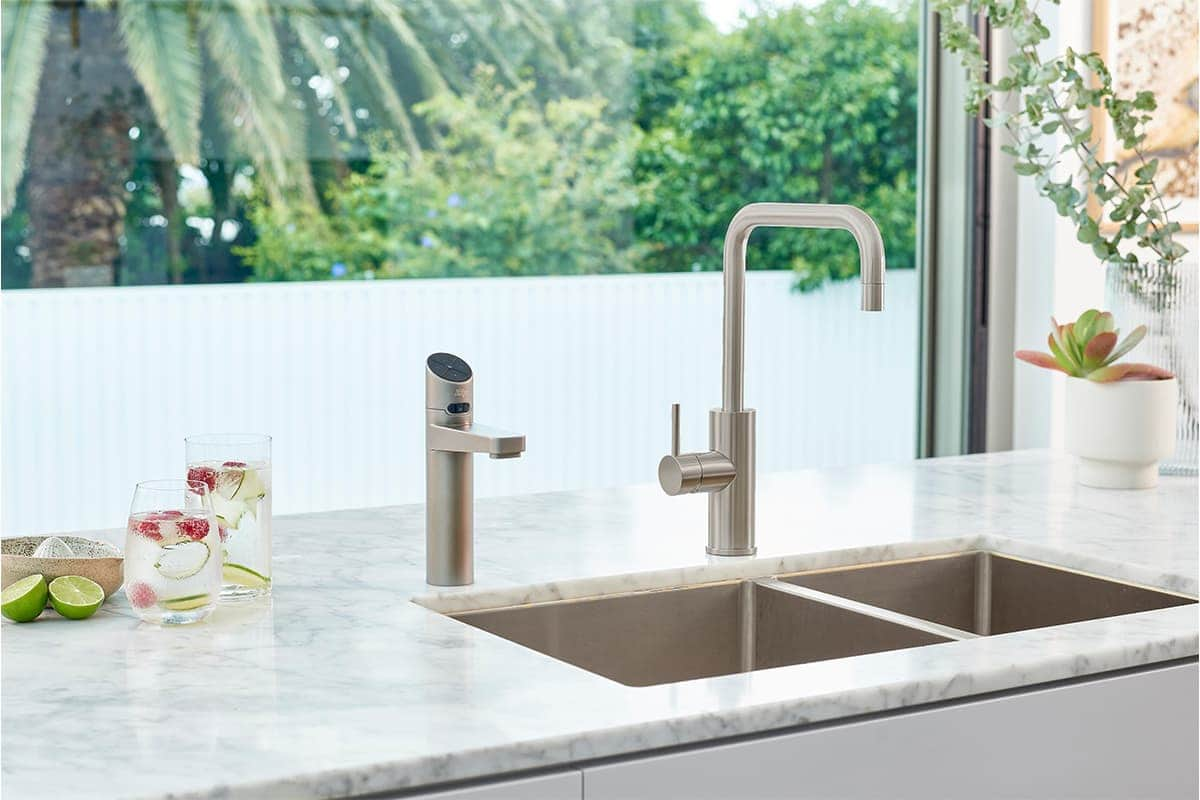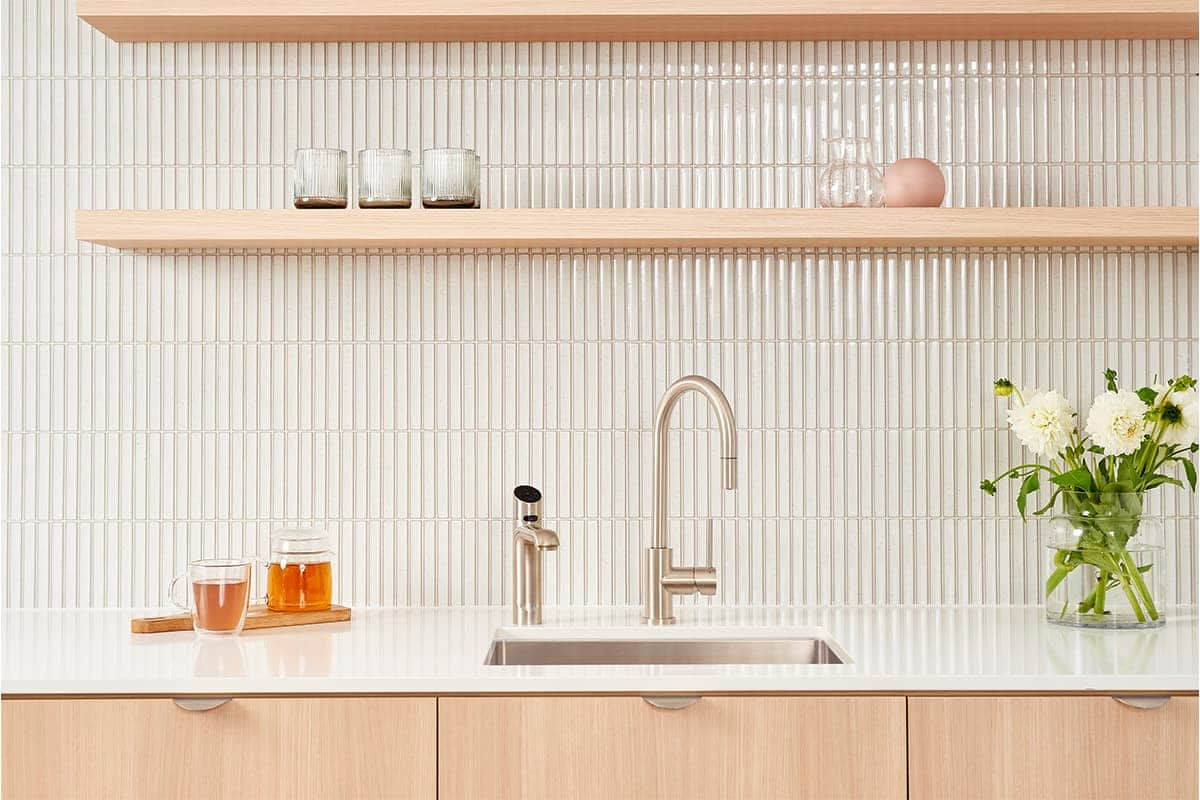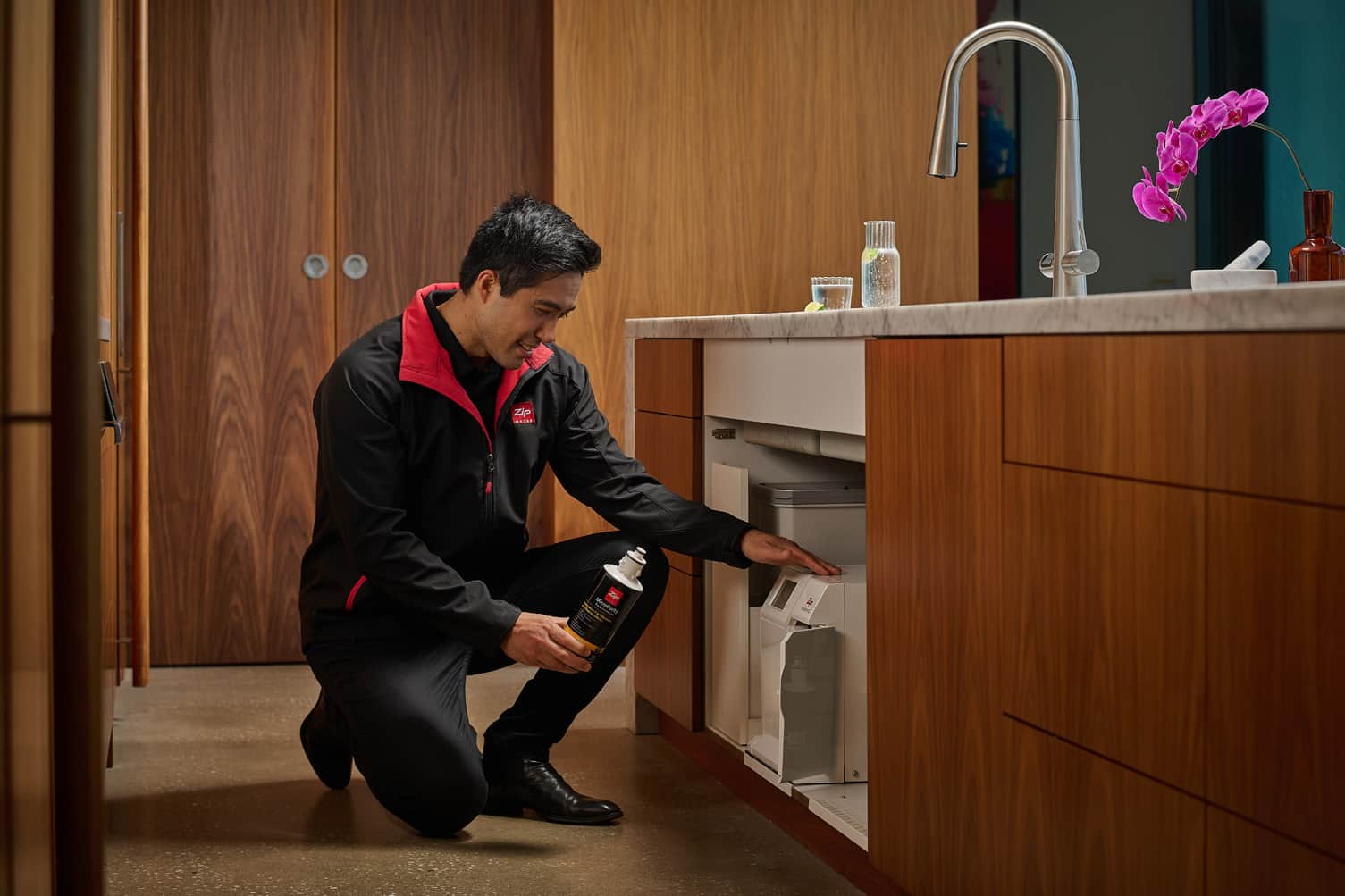Essential design tips for the post-Covid workplace
Touch-Free Wave | 02-10-20

If the ongoing pandemic has taught us anything, it is the need to reduce touchpoints in the workplace with a goal of going contact-free in the future. Open plan offices and shared equipment will be a thing of the past and reducing touchpoints and managing flows of people will be crucial. Designers are being called upon to reconfigure the workplace space and to install fixtures and appliances that will improve the hygiene of employees. Utilise these simple design tips to ensure a safer post-Covid office environment.
Sensor-activated systems and fixtures
One of the most efficient ways to ensure the safety of staff and reduce transmission is by implementing touch-free solutions in the workplace. The workplace kitchen is a highly frequented area that needs to be made safe. New Zip HydroTap Touch-Free Wave is one such contactless solution that will help employers create Covid-Safe workplace kitchens too. With smart sensing technology, Zip HydroTap Touch-Free Wave delivers instant pure tasting filtered water, with the wave of a hand.

Contactless Bathrooms
Private and public bathrooms across the world already use sensors for toilets, taps and hand dryers to ensure better hygiene. These specialist products reduce touchpoints and maintain hygiene at high standards.
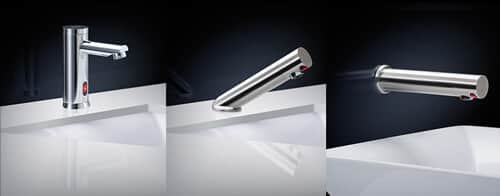
Handle-free Doors
The door handle is the most touched point in the workplace. Replacing traditional doors will be an important consideration to provide a contactless workplace. Designers can recommend solutions such as automatic or swing doors to eliminate this touchpoint.
Glass Dividers
Hot desking is no longer a safe option in offices, therefore traditional individual workspaces will be crucial post-Covid. That does not signify, however, that people need to be completely isolated. Glass is a reasonable solution which gives the illusion of space if used as a divider or wall between offices. It allows people to still be visible and feel connected. The barrier is effective in reducing sound if workers need quiet and will sufficiently stop the spreading of particles if people sneeze or cough.
Space to Move
If people are expected to social distance when in the workplace, it is important for the layout of the office to accommodate this. Where possible, thoroughfares and communal areas need to be widened. Spaces that are impossible to move or alter, such as the kitchen bench and elevators, will need signage to instruct how many people are allowed in the given space.
Architects and designers will be called upon to help build the touch-free offices of the future; one that staff can feel safe in and that adapts with our changing world. Reducing touch points and creating more space in the workplace will no doubt improve hygiene and lessen the anxiety of workers. Together we can take on this ‘new normal' for a brighter and safer working future.
Experience the Zip Difference today with our Zip HydroTap Touch Free Wave and take the next step to a safer workplace.
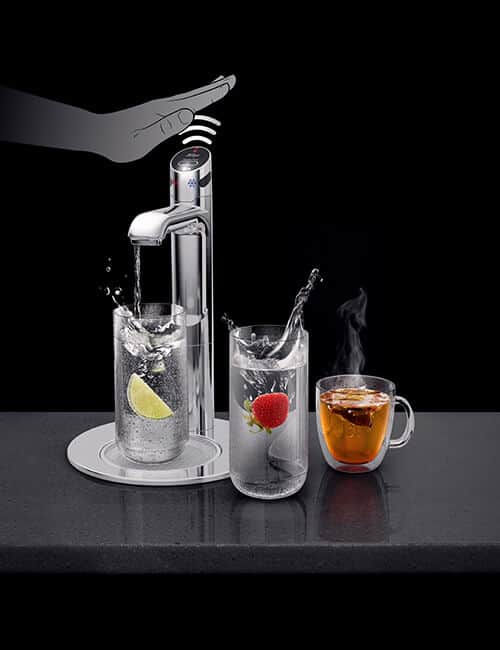
References
news.com.au May 6, 2020. Coronavirus Australia: No more hot-desking or office cookie jar as companies shift to ‘COVID-safe' workplaces.Zanda Architectural Hardware. March 7, 2019. The door handle is the most touched thing in your home.
ABC News. June 1, 2020. Coronavirus means changes for your workplace and the commute to get there.





